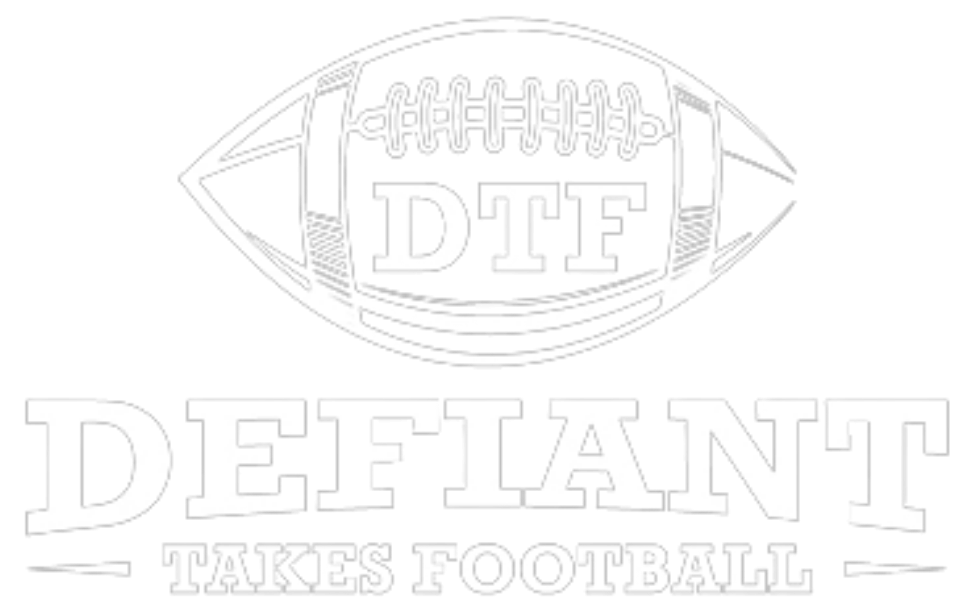If you’re a die-hard Seahawks fan, you were getting choked up along with Richard Sherman during his podcast with Pete Carroll on the YouTube channel The Volume.
You were probably also reminiscing about the good old days with the Legion of Boom, Russell Wilson in his youth, and the general culture that prevailed in the 2010s.
Not projecting here, but you were probably also mourning the loss of that era of Seattle Seahawks football. Russell Wilson’s departure felt like the final nail in the coffin of what was. Some people handle change well; this author is not one of them.
Pete Carroll and Richard Sherman on The Volume
Richard Sherman’s emotions were contagious. He looks up to Pete Carroll like he’s his second dad, talks about tough times during the Legion of Boom era, and reminds us about Carroll’s philanthropic days in Los Angeles back in the day.
No one theme was more important in this podcast than the other, but a few things really stood out:
- Just how influential the culture of the 2010s was on the entire Seahawks franchise and their fans
- How raw the emotions still are in Richard Sherman’s heart – and it was wonderful that he shared
- Pete Carroll has a chip on his own shoulder that helps inform the overall culture of the Seattle Seahawks. Just how much the head coach defines the entire team was crystal clear in this interview.
Pete Carroll: The Person
Maybe it’s just this author’s perception, but Pete Carroll seems like a sort of stoic older gentleman who doesn’t age, with more athletic prowess than people in their 20s, and a bit devoid of personality, except for his passion for challenge flags.
That’s mostly still true. However, Pete Carroll gets vulnerable in the least open way possible.
Being Yourself
Pete Carroll throwing a challenge flag is always a whole mood. #Seahawks #GoHawks pic.twitter.com/whdG03SQMb
— Chelsea Stelle (@ChelseaStelle) October 18, 2021
This is a strong message from the head coach. He knew what kind of coach he was, and he stayed true to that, dating back to his graduate assistant position at UOP. Coaches weren’t fond of some of his techniques, like emotionally connecting with players, utilizing effective forms of communication, and using positive reinforcement as a means to motivate. He got chewed out over it.
An epiphany kicked in for Pete: he had to do coaching his way, not Bill Belichick’s way, not the status quo of coaches’ ways, his way.
Being able to identify who he was as a person and as a coach helped Carroll find his mojo. He used that inner source to teach his players. He never said it, but he showed it. Helping players identify who they were so they could be the best they could be on the field came easier when it flowed from that place of confidence.
Shoulder chips
Pete Carroll got real with the audience of the podcast when he mentioned that he doesn’t discuss rivalries or how he feels about prior coaching gigs but that he carries his past with him and uses those emotions to fuel himself. When he needs that little extra fire under his own seat, he pulls those memories out when he’s done getting dirty and uses them.
Amen, Pete.
Instead of allowing those negative emotions to weigh him down, Carroll uses them beneficially.
Using something, as he says, that “sticks in his craw.” That’s something Sherman and Carroll agree they have in common. Believe us, we know Sherm.

Seahawks HC Pete Carroll and QB Geno Smith (7) – Rod Mar/Seattle Seahawks
Pete Carroll isn’t an expressive guy; he doesn’t need to talk or show his emotions; he keeps them inside and uses them internally as he needs to.
He always feels like, ever since he was a kid, he’s been battling. If he could connect his coaching style to that competitive energy, he could be the best version of himself.
This really stood out because Pete doesn’t seem like an angry or brooding individual in an internal battle or someone who has a strong chip on his shoulder. Knowing he has one is somehow illuminating, relatable, and vulnerable. It’s easier to feel connected to the head coach.
Chips On Shoulders Around The League
Arguably, some of the best to ever do it on the football field were fueled by a chip on their shoulder. Having that sort of perpetual underdog mentality and the ability to fuel oneself with those emotions are some of the most defining characteristics of individuals who succeed.
Drew Brees and Tom Brady always come to mind when thinking about chips and shoulders.
Brees said it best in an interview with Men’s Health in 2010, post-Super Bowl win:
“You still have to have a chip on your shoulder; the way people perceive me now is different from the way they did five years ago. Five years ago, I wasn’t big enough, strong enough, couldn’t win the big one. Whatever. Now, coming off of a Super Bowl championship, showing them that I can play at a high level, I have to keep that chip on my shoulder like I still have something to prove.”
Tom Brady has dominated football by keeping a chip on his shoulder over the draft still.
— Zeke Munday (@z_munday_2) March 29, 2018
He never let that go up until the day he retired. No surgery could remove that shoulder chip; it was permanently glued there. And he’s one of the best quarterbacks to ever do it.
The idea is that even when someone has proven themselves, they continue to keep that mentality, even when it no longer matches reality. Of course, the reality is in the eye of the beholder, and the NFL is a very unforgiving league, so maybe there is always a little something to prove even when you’re great.
Want more Seahawks magic and a few Pete Carroll nuggets? Look at other green and blue content here.








